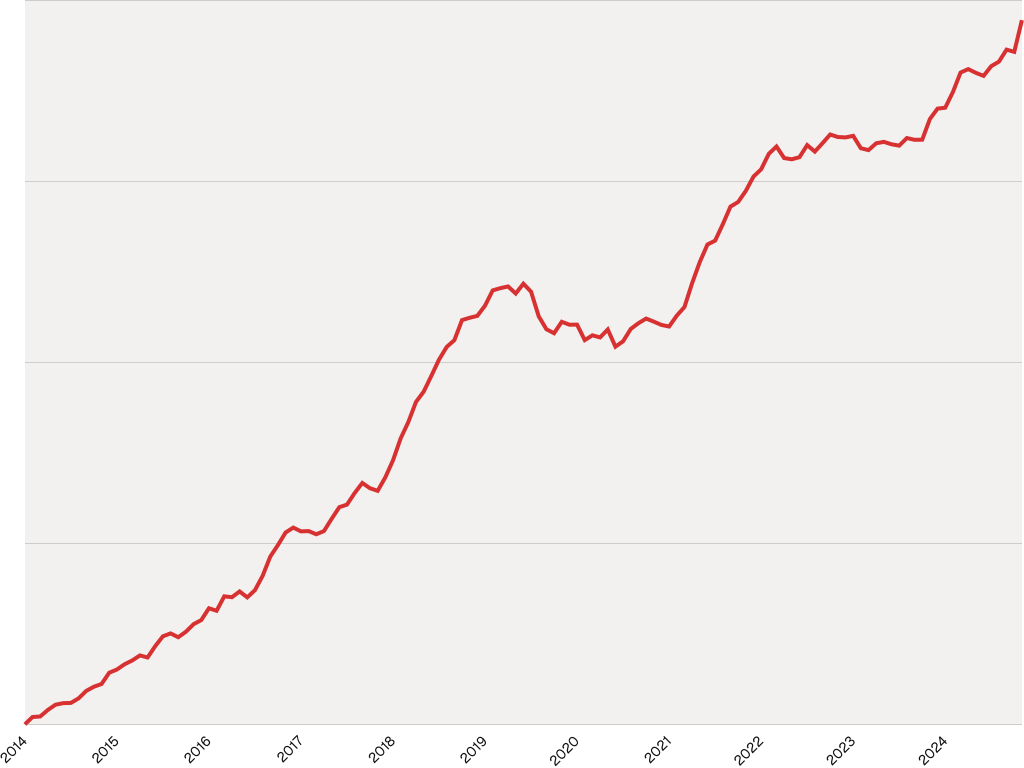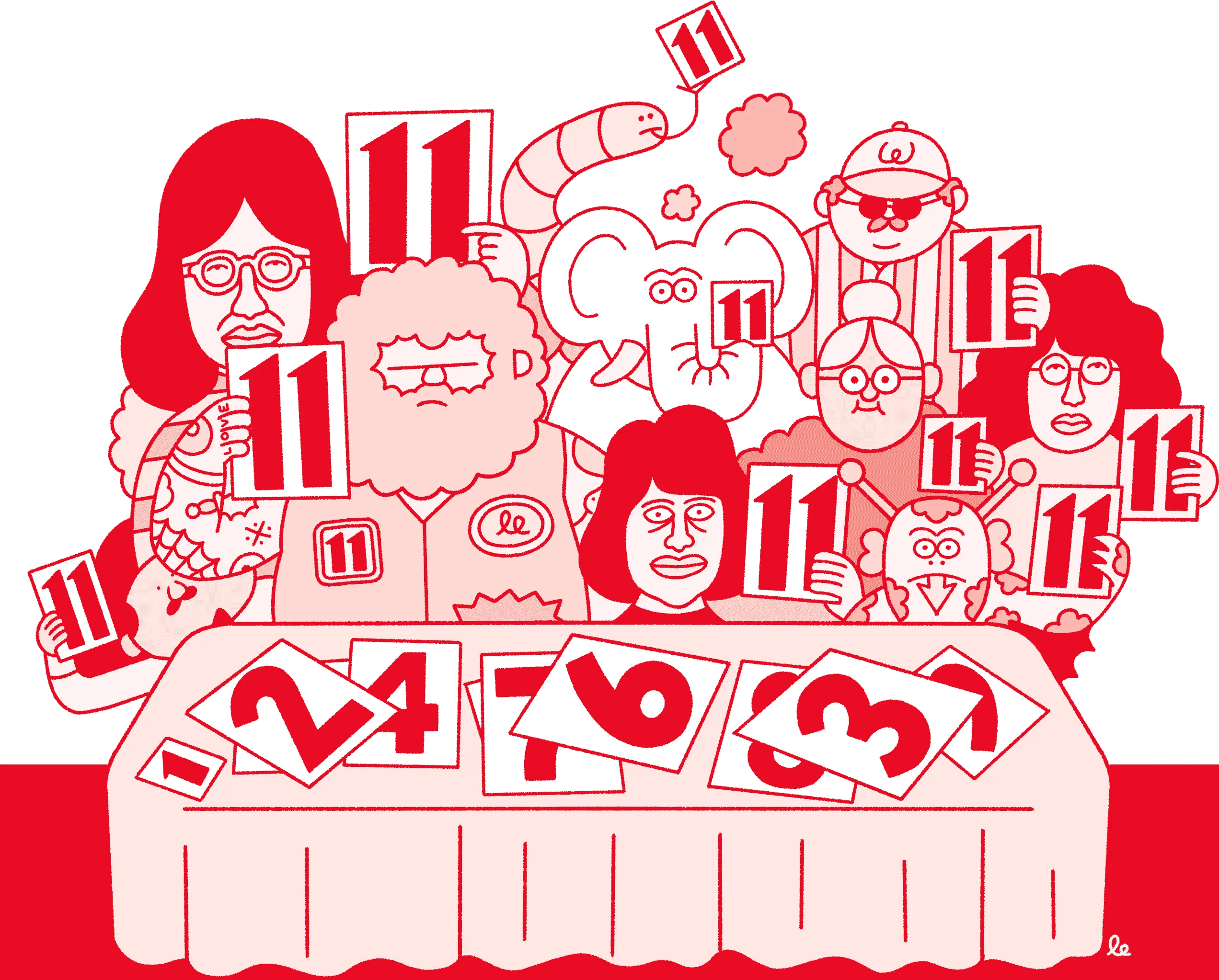Reading between the lines
Posted:
There’s a lot to learn in a professional services business between the day you open your doors and the day you sell or retire or whatever it is you do next. And there are a million different angles you can take to improve the future based on the past.
Here is a line graph of my previous business over an eleven-year period. It looks like I asked my four-year-old to draw a line (or the actual path from point A to point B in a client project) but bear with me.

I can look at this graph and the dates and remember what I was doing at that time (and what was going on in the world at that time) and figure out what I did well, what I did badly and what was out of my control.
I could also slice that graph into a few growth categories or ranges, list out what had the most impact in one range and how those learnings transition into new insights for the next range. i.e. 0–$200k, $200k–$600k, $600k–$1.2m, $1.2m–$3m, etc.
In the earlier stages, shaping and packaging what makes you different, building consistency, and getting clear on your direction matter more than perfecting certain systems and processes. Over time, the systems and processes become more important, while still keeping a pulse on the others.
The point is, different principles matter at different stages and what’s critical in year one (or size one) might be irrelevant or need adjusting in year five (or size five), and vice versa.
And, sometimes you do stuff for a period and then forget about it in the next period. This exercise might help you to remember.
Overall, it’s a mix of consistency, positioning, process and making more good decisions than bad from the start that will smooth out the line and keep it moving up and to the right.
Pick 3-4 inflection points and ask yourself what you did well, what you’d change and what was simply beyond your control, and figure out how you can apply or evolve those insights to your business today.
Like this? Get email updates or grab the RSS feed.
More from the blog:
-
The missiles are the destination
One of my uncommon enjoyments is the work that happens right in the middle of a big problem that needs to be solved, or even a nosedive. A calmness kicks in, the path gets clearer and I can usually tunnel vision my way through to course correction. I used to think this was spec…
-
Fall back
What creative studios and dev shops (and probably everyone else, too) need to do to stay relevant in the AI era without becoming commoditized slop. What’s covered: Your people are your moat · Easy to do, hard to be the best · Quality and simplicity · Never look to others · Don…
-
On getting paid faster
These five cashflow levers are arguably the quickest, easiest wins when optimizing your service business. Frequency of online payment deposits Update your online payment system to deposit into your bank account daily instead of weekly. Or whatever the quickest interval availab…
-
The stuff between
Simply put, your service business in its most raw form look something like this: Stuff → Lead; Lead → stuff → Signed contract; Signed contract → stuff → Start; Start → stuff → Complete; Complete → stuff → Aftercare. And there’s a level of automation and organizatio…
-
Zero busy work
AI has given us a lot of things. When used incorrectly, your brain turns to mush. When used correctly, it frees you to be original, strategic and creative. Something I’ve been thinking a lot about lately is the idea of zero busy work. This isn’t just about productivity, but abo…
